On our third full day in Tbilisi the plan had originally been to catch a marshrutka (local minibus) out to Georgia’s old capital – Mtskheta. We would travel to Signaghi via Davit Gareja once we’d picked up the car.
However, we never did pick up the car. In fact we cancelled our reservation just over 48 hours before our rental agreement was due to begin. The reason? Georgian drivers are CRAZY!!!
Ok, that may be a sweeping generalisation, but compared to the majority of drivers on the UK roads (and those in Spain, Portugal, Slovenia and Montenegro – other countries in which Stu has driven), the motorists on Georgia’s roads are reckless, aggressive and impatient, with little respect for lane markings.
The bus we caught from Kutaisi airport to Tbilisi had an accident (thankfully no-one was hurt but the passenger side headlights were completely shattered as we careered into some metal railings in order to avoid crashing into the motor vehicle in front) and we subsequently struggled to find any undamaged cars on the streets of Tbilisi. This lead us to conclude that even if we were to survive the whole driving experience, it was doubtful whether our car would. And of course any accident (regardless of whose fault it is) would involve police and insurance companies, as well as a lot of time, money and stress.
And so it was that our road trip turned into a backpacking-Georgia-by-public-transport trip.
Seeing as though we could no longer visit Davit Gareja on route to Signaghi, we had to decide whether we wanted to dedicate our third full day in Tbilisi to exploring Mtskheta or Davit Gareja.
And, at the toss of a coin, Davit Gareja won.
About Davit Gareja
Davit Gareja is an ancient Orthodox monastery complex located on the border with Azerbaijan in southeastern Georgia. The complex includes hundreds of cells, churches, chapels, refectories and living quarters hollowed out of the rock face on the steep slopes of Mount Gareja, and was founded by Saint David, an Assyrian Monk, in the 6th century.
Unique as much for its location amidst a lunar, semi-desert landscape as for the complex itself, David Gareja is widely recognised as one of the most remarkable of Georgia’s historic sites. For this reason we didn’t once doubt our decision to visit the destination that chance had chosen for us.
Getting to Davit Gareja
We enquired at Tbilisi’s tourist information office about marshrutkas to the monastery complex and were directed to a board containing information, in English, about the “Gareji Line.”
I took a quick photo (below) and – after grabbing breakfast at one of the few cafes that actually open before 10am on a Sunday – we returned to Pushkin Park to purchase our tickets.
Getting our tickets was easier than we thought; we sat down by the Alexander Pushkin statue and the manager approached us less than five minutes later. I’m guessing it’s commonly assumed that if you’re sitting on a bench in Pushkin Park at around 10:30am and you’re not Georgian, then you’re probably waiting for the bus to Davit Gareja.
By the time the bus was ready to leave, there were more people waiting to board it than there were seats inside. But we needn’t have worried; the manager had clearly been counting the number of people to whom she’d sold tickets, because a second bus arrived as we were boarding, and the two of them departed one after the other.
One thing to note if you do plan to drive the route is that, not only are the road surfaces uneven and full of potholes, but between Ubdano and Davit Gareja you’ll be driving along something that is hardly more than a dirt track.
Not only that but the majority of traffic out here is not motorised and runs on grass, so don’t be surprised if you find yourself stuck in a very slow-moving queue behind it.
Exploring Davit Gareja
When we arrived at the complex, there was a distinct lack of information about the attraction we’d come to visit, or in fact any signs to point us in the right direction. So we did the only logical thing we could think of doing and that was to climb uphill in the direction of the watch tower we could see above us.
This short walk brought us to what we later discovered to be Lavra Monastery. Lavra has been restored since Soviet times and is now again inhabited by monks. It’s built across three levels around a large courtyard, and on the lower level you’ll find the 6th century cave church, Peristsvaleba, which contains Davit’s tomb.
We had a quick wander through the various rooms and corridors, but we were unable to access the caves that we could see on the opposite side of the courtyard, because (we assumed) of the construction work that was currently being undertaken on site.
We also assumed that this was the reason why, after just half an hour, we had run out of monastery to explore and we still had two and a half hours left on-site.
So we continued with our mission to make it up to the watchtower, retracing our steps back along the gravel pathway below Lavra’s entrance gates. If nothing else, it would give us a wonderful view back down on to the monastery.
Part the way back down the pathway, we spotted a steep dusty track to our left which appeared to climb uphill. We weren’t sure whether this was an official route up to the watchtower but we did see other people taking it, so – in true tourist fashion – we followed.
Truth be told, I wasn’t wearing the most suitable footwear for the job. You’d have thought that – having travelled as much as I have – I’d make better footwear choices when packing for my trips. However, after my experience in Montenegro last June, when it was around 8 degrees up in the mountains and I’d packed flip-flops and sandals, I considered that – seeing as though we would be spending time in the mountains in Kazbegi and Svaneti – it may be sensible to bring my fur-lined hiking boots on this particular trip. As I travel with hand luggage only for the majority of my trips, this meant that I had space for one other item of footwear in my backpack. I chose my Moroccan slippers. And, to be fair, they are super comfy for walking around sightseeing all day, but are virtually useless when it comes to doing anything off-road.
As a result, I stumbled clumsily up the hillside, grabbing on to rocks, tree trunks and branches in order to prevent myself from sliding back down again. Stu found this highly amusing, but it was nothing compared to my efforts to get back down the hill again afterwards.
At the top of the slope we did in fact find the watchtower, but unfortunately it was all locked up so we couldn’t take a peek inside.
On the plus side though, the views were pretty stunning.
We stopped to snap a few photographs and then continued along the narrow track as it levelled out and headed away from the monastery. We hadn’t walked very far when the track seemed to peter away to nothingness and was replaced by some enormous rocks which now blocked our passageway ahead.
Above one of the rocks we could see a small ledge upon which there appeared to be a cave. Scrambling (or nibbly bouncing in Stu’s case) up the rock face, we pulled ourselves up on to the ledge and peered through the small holes in the window grates of the decorative wooden door in front of us.
Darkness.
Stu grabbed his torch and shone it inside, and we could just about make out a few faded frescoes on the walls. This, we assumed, must be what it was like inside the caves that we couldn’t access down at the Lavra Monastery.
I must admit that I felt a little disappointed to find that much of what we assumed to be the entire monastery complex was cordoned off or locked up. However the views did go a long way towards compensating us for this disappointment.
We sat there admiring them for a while before slowly heading back towards the car park.
There was a strange niggling feeling that we’d missed something due to the sheer amount of time we had to burn at the complex before the bus was due to leave, but we put it down to so many of the caves being closed for refurbishment or otherwise.
However, when we got home that evening I opened my Lonely Planet guidebook (which I’d omitted to bring because I assumed that everything would be signposted), and read about the Ubdano Monastery:
“Ubdano comprises a series of caves along a steep escarpment looking down on to the grassy plains in Azerbaijan. Some contain frescoes painted in the 10th and 13th centuries.”
Somehow we had managed to completely miss the main highlight of the Davit Gareja monastery complex.
EPIC TRAVEL FAIL.
When I read through the section concerning the directions to this monastery, I realised that we should have headed straight up the hill from the watchtower, rather than following the narrow pathway alongside it.
But I had nothing and no-one to blame other than my own stupidity for not researching the complex thoroughly enough.
Tips for visiting Davit Gareja
- The monastery complex is located amidst semi-desert landscapes that offer very little shade (aside from inside the churches, chapels, and caves), so bring sunscreen and plenty of water.
- There is quite a bit of climbing/hiking to do in order to see anything beyond the Lavra Monastery so wear some sensible shoes with good grip.
- Do your research before visiting so that you don’t make the same mistake we did! The two maps below might help; the latter is a screen shot of the complex on my Maps.me app, which I should really have looked at before the event.
Where to stay when visiting Davit Gareja
Although we’d originally planned to visit the complex on route from Tbilisi to Signaghi, Davit Gareja can be visited as a day trip from either of these places (although it’s probably easier from Tbilisi). We scored this amazing apartment just minutes from Freedom Square in Tbilisi. The host is super responsive and accommodating too, which made our stay an absolute breeze. If you’ve not yet joined Airbnb, you can get £25 of free credit by registering using this link.
Alternatively, if you’d like to stay closer to the monastery, there’s a couple of accommodation options in Ubdano. Oasis Hostel (where we stopped for dinner on route back to Tbilisi) seemed like a friendly, chilled kinda place, and I can vouch for the fact that the food is good there.
Have you ever had an epic travel fail due to lack of research, bad timing or stupidity? Let me know in the comments below! 😀
If you like this article, please share it on social media using the share buttons at the top of the post. Alternatively you can follow along on Facebook, Twitter, or Google+ or you can look me up on Instagram or Pinterest too!
**Some of the links in this post are affiliate links. All this means is that if you make a purchase through one of the links I have provided, I will earn a small commission as a result but the cost to you will remain exactly the same**
And here are some pretty images for your Pinterest boards. It’s a great way to save my post for future reference as well.


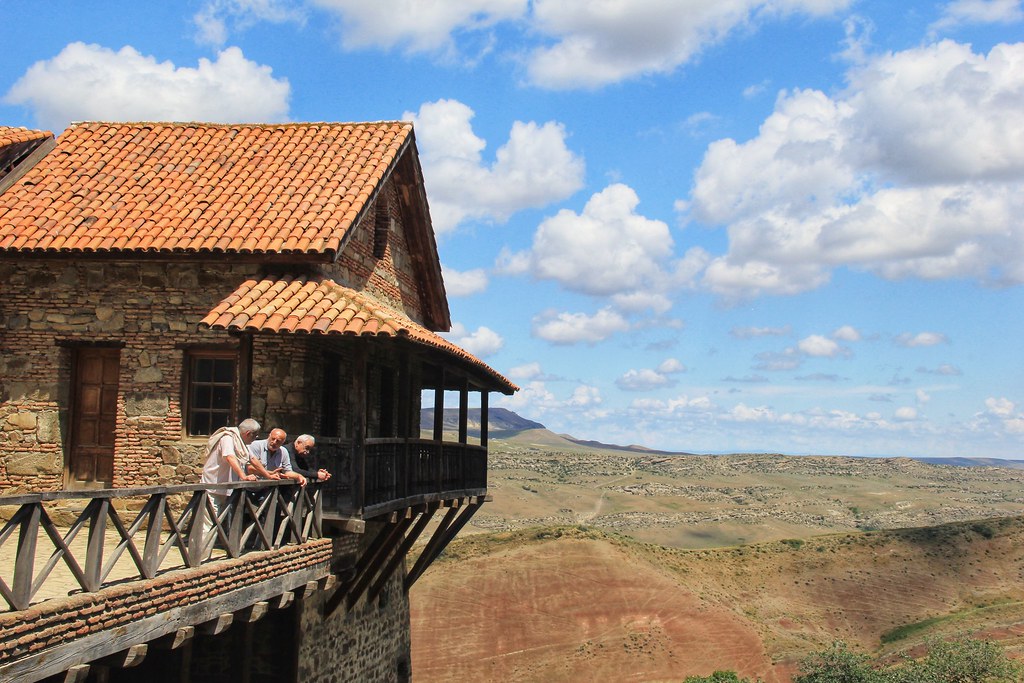



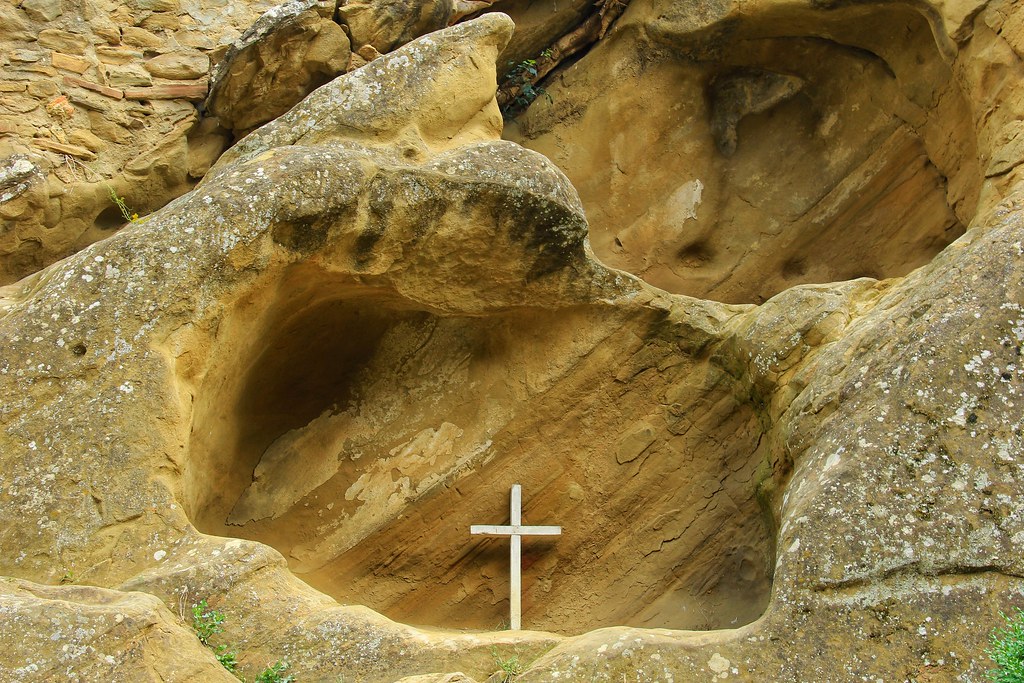
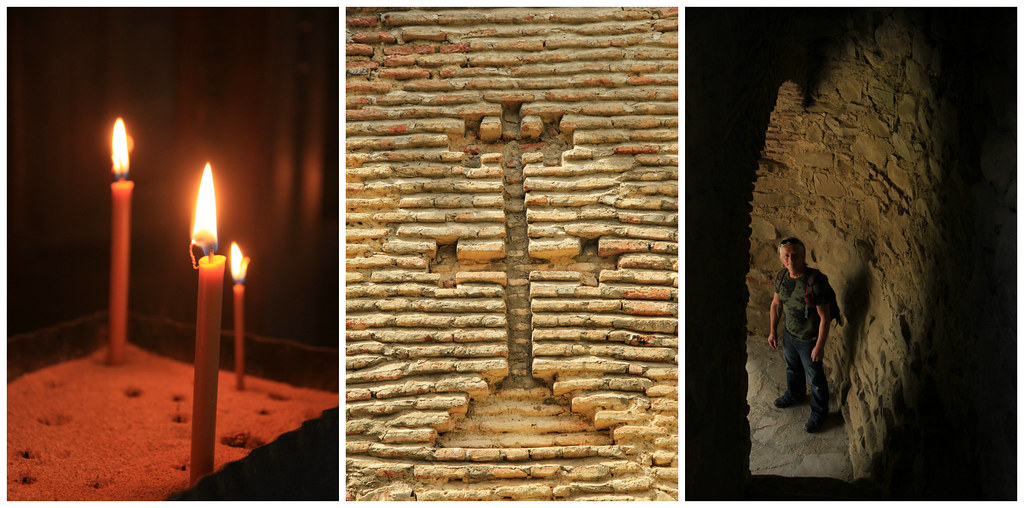
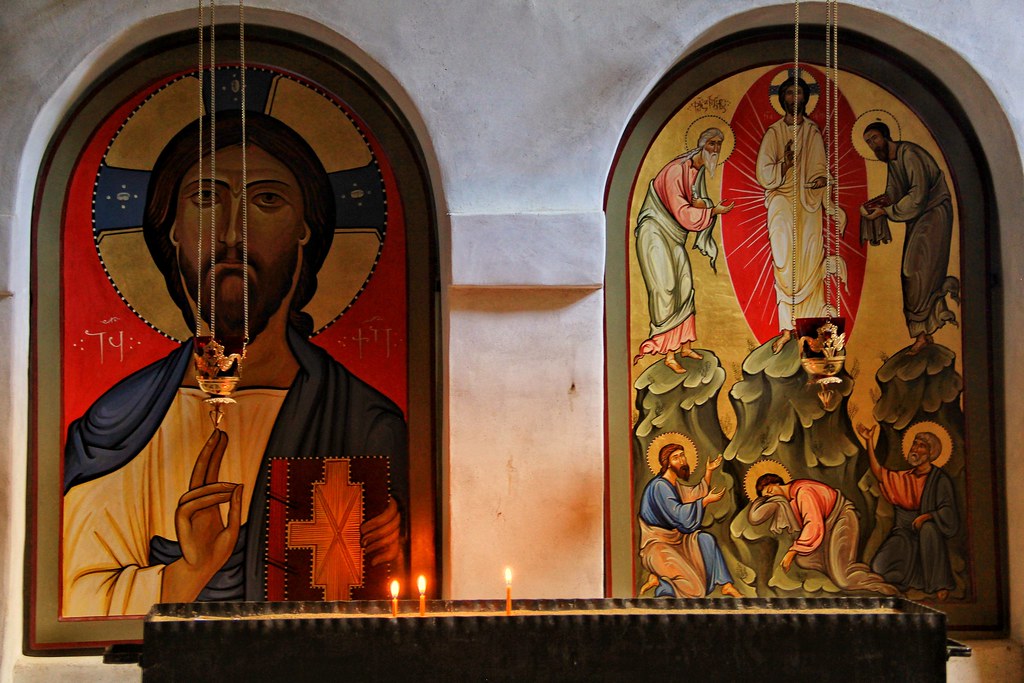

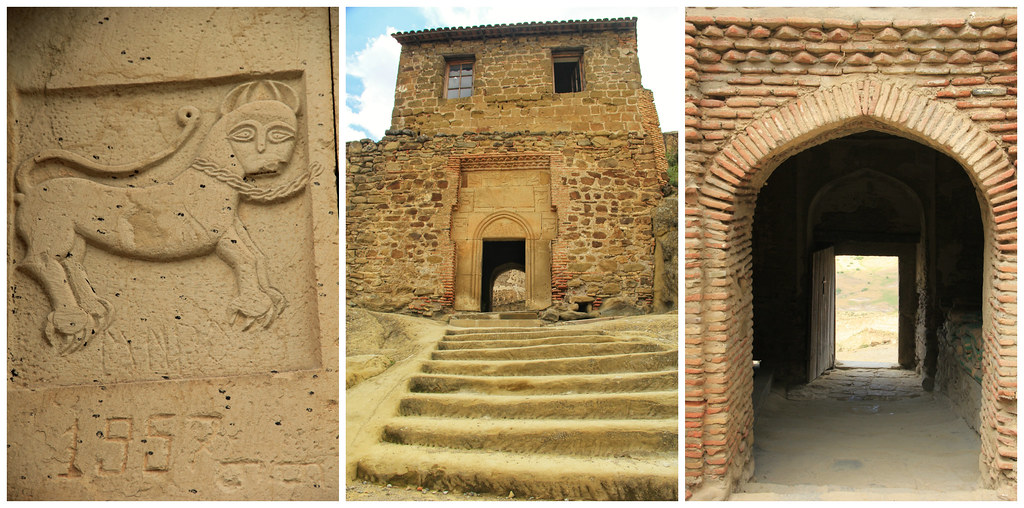
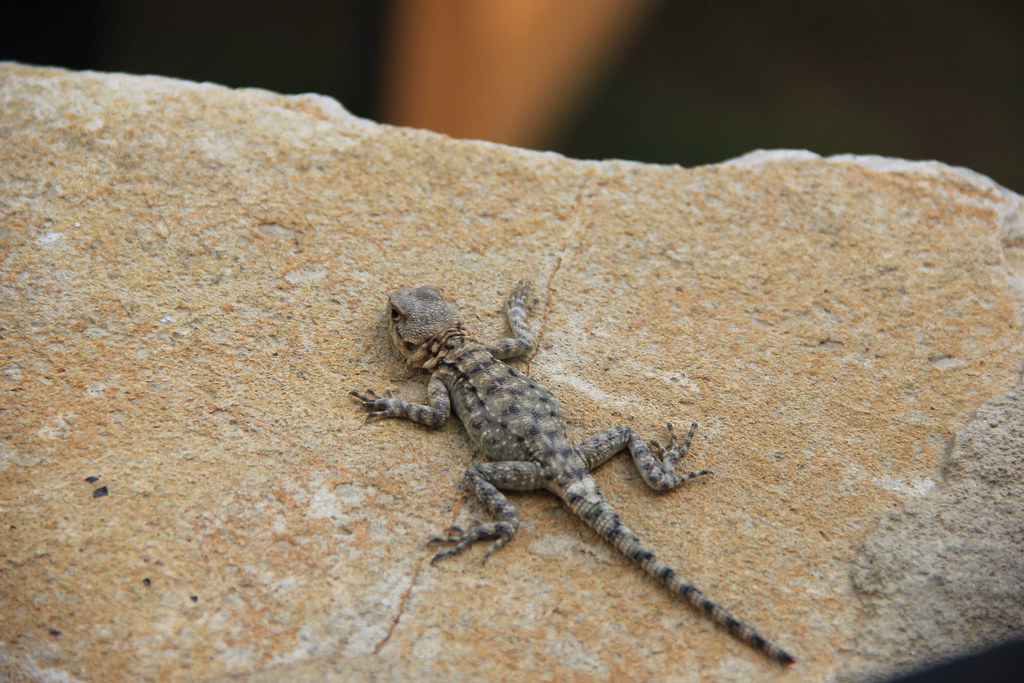
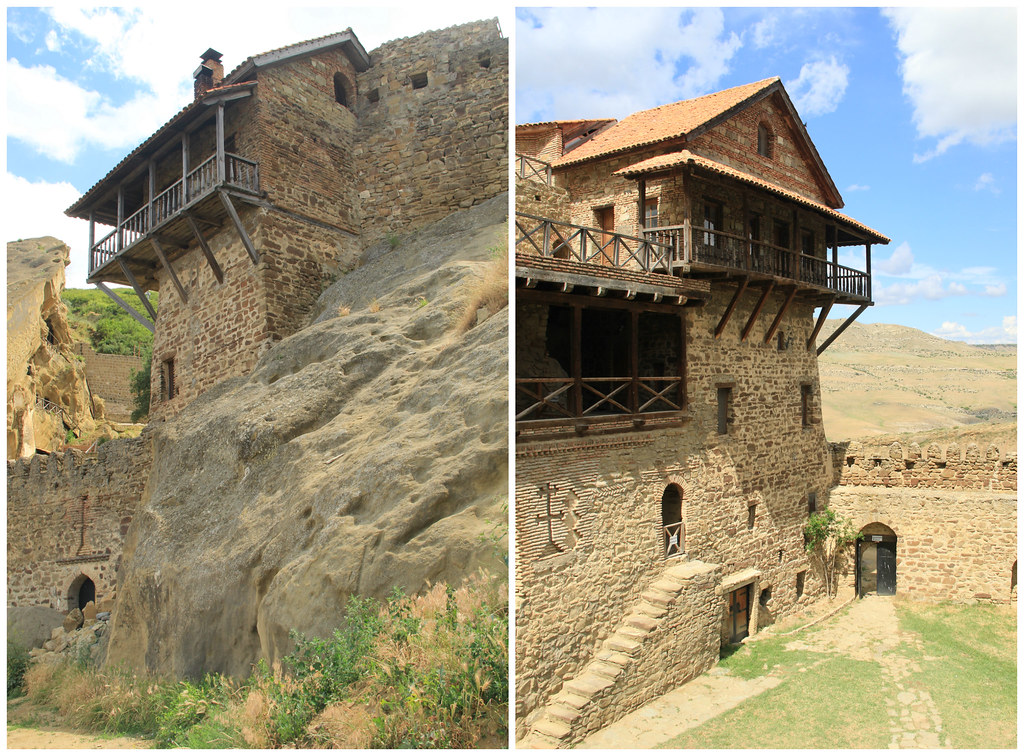


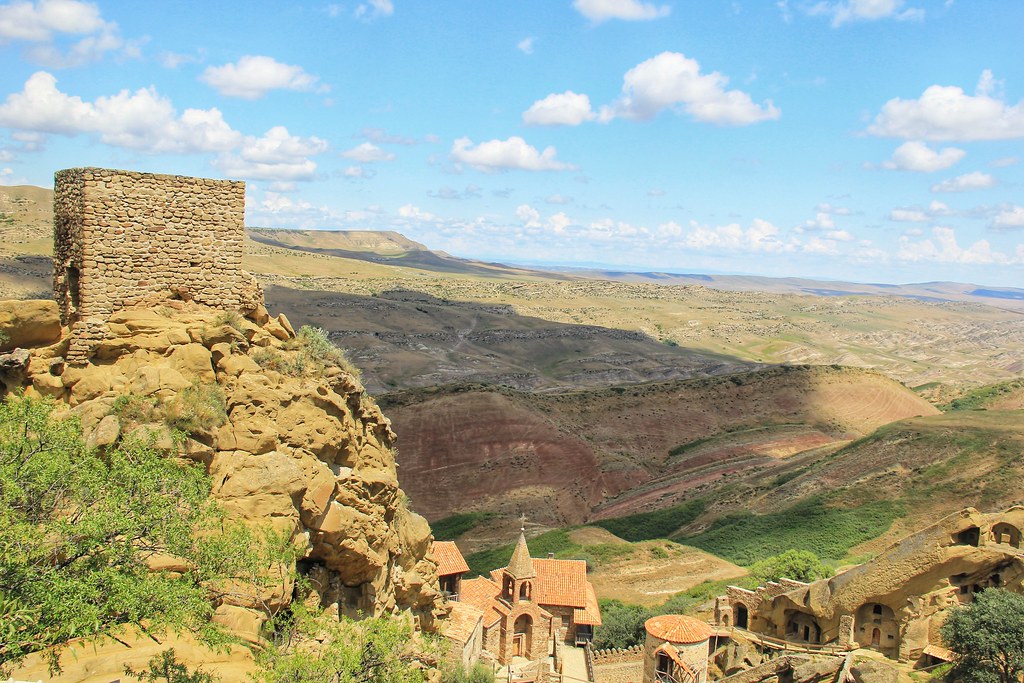

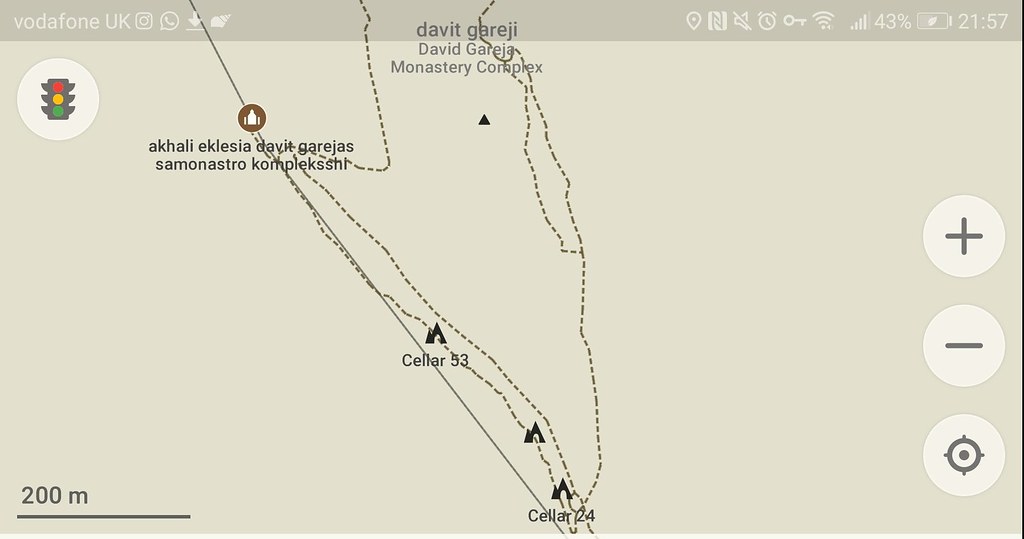








3 Comments
Hello Kiara,
Great tips. I love hiking; I´ve done my fair share all over the world. Its definitely true what you say about it being a mental, more than a physical block. Sometimes hiking in a great company is also the key – a good conversation and someone to admire the view with makes all the difference. your post is very informative and expresses Davit Gareja natural beauty.
Hi Kiara. Yes, we had a similar experience while visiting the monastery complex. Guidebook information is outdated and claims about the site (like that it has a coffee cultivation estate) seem outdated/wrong. As I understand it, the monastery was historically very large and caves are all over the area, especially on the Azeri Side of the border. Apparently, some years ago the Georgian ruling party made some offensive nationalistic statements at a political rally about “taking back” that area, and the Azeri’s revoked access. Now Georgian military guards the monastery to prevent visitors from even approaching the border. There’s not much to see there, but it’s a pretty region.
Glad I’m not the only one! (and that’s some interesting political info about the complex, too) But, yes, I agree, it’s a pretty region, and I’m still glad I went, even in spite of not being able to find a lot of what I came to see 🤦♀️